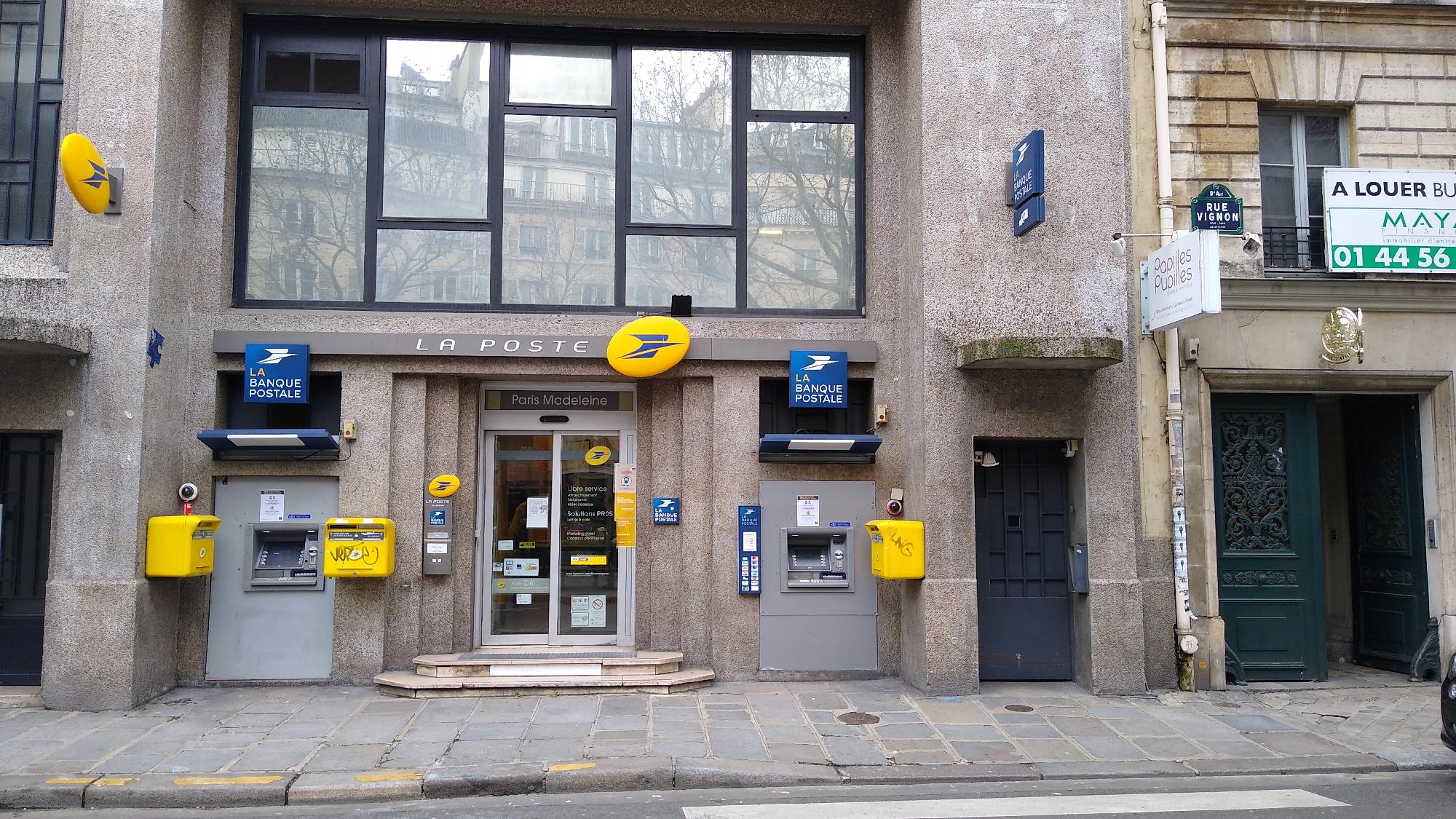

Pierre Nora, Realms of Memory: Rethinking the French Past, vol. See Marguerite Duras and François Mitterrand, “Le Bureau de poste de la rue Dupin,” L’Autre Journal 1 (February 26–March 4, 1986): 32–40. Steven Ungar and Tom Conley (Minneapolis, MN: University of Minnesota Press, 1996), 234.įrançois Mitterrand, Agence Prance Presse, Septem(my translation).
#La poste rue dupin paris plus
See Panivong Norindr, “La Plus Grande France: French Cultural Identity and Nation Building under Mitterrand,” in Identity Papers, ed. Temple, review of Un Héros très discret/A Self-Made Hero, Sight and Sound, 7, no. See Jill Forbes, “Politicians and Performers: Un Héros très discrete,” Australian Journal of French Studies 36, no. Darke, “Monsieur Memory,” Sight and Sound 7, no. Julien Duvivier’s 1959 Marie Octobre, about a resistance network, also portrays a group with dark secrets.Ĭ. David Levinson and Melvin Ember (New York: Henry Holt and Company, 1996), 993. Réservez un hôtel à proximité (2km) avec booking. Ryan Bishop, “Postmodernism,” in Encyclopedia of Cultural Anthropology, ed. Raymond Aubrac, Où la mémoire s’attarde (“Where Memory Tarries,” Paris: Editions Odile Jacob, 1996), 91. Pierre Péan, La Diabolique lie Caluire (Paris: Fayard, 1999). Ann Smock (Lincoln: University of Nebraska Press, 1996). See Sarah Kofinan, Rue Ordener, rue Labat, trans. See Raymond Bach, “Identifying Jews: The Legacy of the 1941 Exhibition, “Le Juif et la France” Studies in Twentieth Century Literature 23, no. Margaret Collins Weitz (Lincoln: University of Nebraska Press, 1993), 11. Lucie Aubrac, Outwitting the Gestapo, trans. See Jean Lacouture, “Lucie-la-lumière,” Le Nouvel Observateur 1685 (Feb. See Lucie Aubrac, Cette Exigeante Liberié: Entretiens avec Corinne Bouchoux (“This Demanding Freedom: Conversations with Corinne Bouchoux,” Paris: L’Archipel, 1997), 204. Kedward and Nancy Wood (Washington, DC: Berg, 1995), 143–53. See Claire Gorrara, “Reviewing Gender and the Resistance: the Case of Lucie Aubrac,” The Liberation of France: Image and Event, ed. Collins Weitz (New Haven: Yale University Press, 1987), 141–53. See Paula Schwartz, “Redefining Resistance: Women’s Activism in Wartime France,” in Behind the Lines: Gender and the Two World Wars, ed. Susan Hayward, French National Cinema (New York: Routledge, 1993), 287.

La Poste Paris-Sèvres-Babylone 3 rue Dupin Paris, Île-de-France, 75006. This process is experimental and the keywords may be updated as the learning algorithm improves. La Poste Paris-Sèvres-Babylone est située à 3 rue Dupin, Paris, Île-de-France, 75006. These keywords were added by machine and not by the authors. To what extent do they correspond to Hayward’s assessment? Keywords

Let us look at some of the prominent female icons of the 1980s and 1990s as they articulate French identity and the Occupation. “Why,” she asks, “in the postmodern era when history is being rejected,” do we begin to see more women portrayed in historical film? The possible responses she imagines mostly offer up cynical commentary on postmodernism: “Because history no longer exists, it is timely to represent woman” “It is now all right to talk about courageous women because feminism is dead (in France, that is).” Her third explanation posits that cinema “delud itself that it is making an historical film historically,” and “because there is no history, it can also be made up.” 1 These answers reveal Hayward’s pessimism about the ability of the (French) postmodern and its films to take history-and women-into account in any serious way. The timestamp is only as accurate as the clock in the camera, and it may be completely wrong.Toward the end of her 1993 book, French National Cinema, Susan Hayward speculates about why there was an increased prominence of women characters in 1980s and 1990s films on the Occupation in World War II France. If the file has been modified from its original state, some details such as the timestamp may not fully reflect those of the original file.
#La poste rue dupin paris software
This file contains additional information such as Exif metadata which may have been added by the digital camera, scanner, or software program used to create or digitize it.


 0 kommentar(er)
0 kommentar(er)
